Paul Rudolph | Interview | A Journey Through The Deviants, Pink Fairies, Hawkwind, and Collaborations with Brian Eno and Kevin Ayers
Paul Rudolph’s musical journey, starting in the heart of the 1960s, a volatile era ripe for rebellion and experimentation, particularly his tenure with The Deviants and Pink Fairies, remains a testament to his uncompromising spirit.
Rudolph found himself at the forefront of the British counterculture movement, aligning himself with the fiercely independent ethos of The Deviants. As a founding member of this seminal group, Rudolph contributed his distinctive guitar work and songwriting prowess, helping to shape the anarchic and psychedelic sound that would define an era.
Joining forces with fellow Deviants alumni and other like-minded musicians, Rudolph became a driving force behind the Pink Fairies’ electrifying fusion of hard rock, blues, and proto-punk. Their raucous live performances and rebellious ethos cemented their status as cult icons, inspiring generations of musicians to come.
Rudolph’s versatility and skill as a musician led him to work alongside iconic figures such as Brian Eno, Sparks, and future Hawkwind bandmate Robert Calvert.
As a member of The Pink Fairies, Rudolph regularly engaged in live jam sessions with the legendary space rock band Hawkwind, forming the dynamic fusion known as Pinkwind. In 1975, Rudolph took a decisive step forward in his career by joining Hawkwind on a full-time basis. His tenure with the band saw him contribute to the album ‘Astounding Sounds, Amazing Music’ and the single ‘Back on the Streets’. However, Rudolph’s artistic vision clashed with the direction of the band. This creative discord ultimately led to his and drummer Alan Powell’s departure from the group.
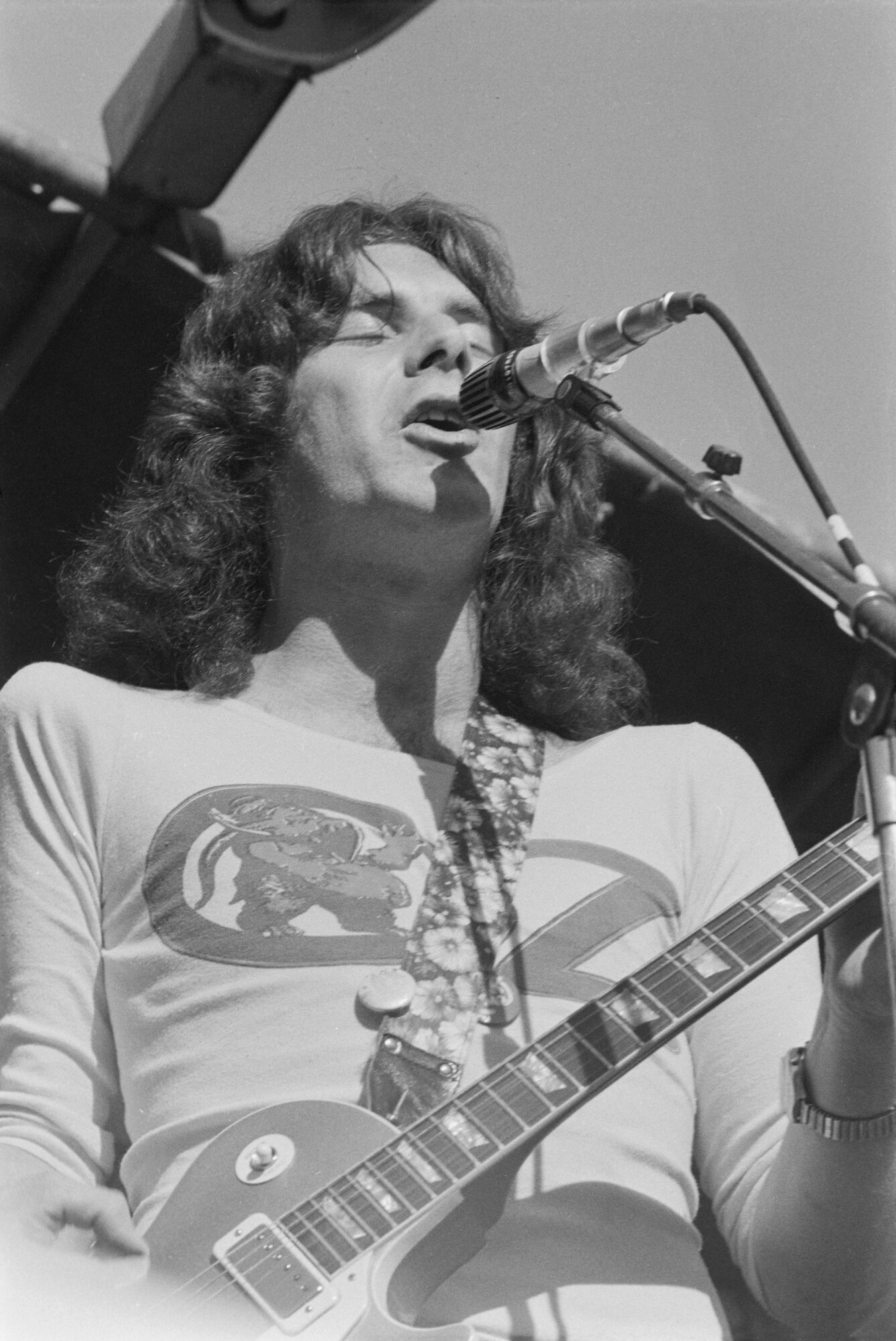
“Every gig was different with as much spontaneity as possible”
You’re originally from Vancouver, British Columbia, Canada. When did you move to the UK and what was life like for you when you were a young child?
Paul Rudolph: I moved to the U.K. in 1969. Life as a young child was interesting. My mom was a church pianist and also played the violin. She was very supportive of most music and liked Elvis Presley and Liberace. I think she was instrumental in getting me a kids’ drum set at age 7 and then my first guitar at age 9. My dad played a bit of guitar and piano and was not a fan of rock ‘n’ roll or long hair, which I started growing at 14.
You suffered from polio; that must have been a really traumatic experience for a young child?
Yes, it was a very traumatic experience. I have memory gaps after not being able to hold a spoon, and I don’t remember the time between then and ending up in the Iron Lung for several months. I was 5 at the time, and polio survivors were shunned, as the disease was considered a plague that was scary until the wide acceptance of the polio vaccine. The first time I went to school at age 6, kids ran away from me. My right arm was in a sling at the time.
Was there a certain moment when you knew you wanted to become a guitarist? Tell us when you first picked up a guitar?
As a young child, I used to bang on pots and pans, and at 7, I got a Lil’ Abner drum kit for Christmas. Before that, I would take all my clothes out of the big wooden dresser, wrap various sizes of rubber bands around the drawer handles, shut the drawers, and pluck the rubber bands to make the dresser resonate. It was at age 9, Christmas, that my parents surprised me with a Harmony arch-top f-hole acoustic guitar. It came with a chord picture book, and that’s where I started. I was stoked! I loved it so much I used to practice with my eyes closed so that I could play if by some remote chance my vision ever became impaired.
Tell us about the teenage years and the local scene. You played in several bands including The Midnighters and The Pannix. Did any of those bands record anything? What did the repertoire consist of?
Nothing was ever recorded. Growing up in a small west coast town, I don’t think anyone had a tape recorder. We played mainly rock covers from the ’50s and ’60s. We played a couple of gigs a month at the Roberts Creek Hall, and the Midnighters got their name as we were younger teens and were expected to be home by midnight.
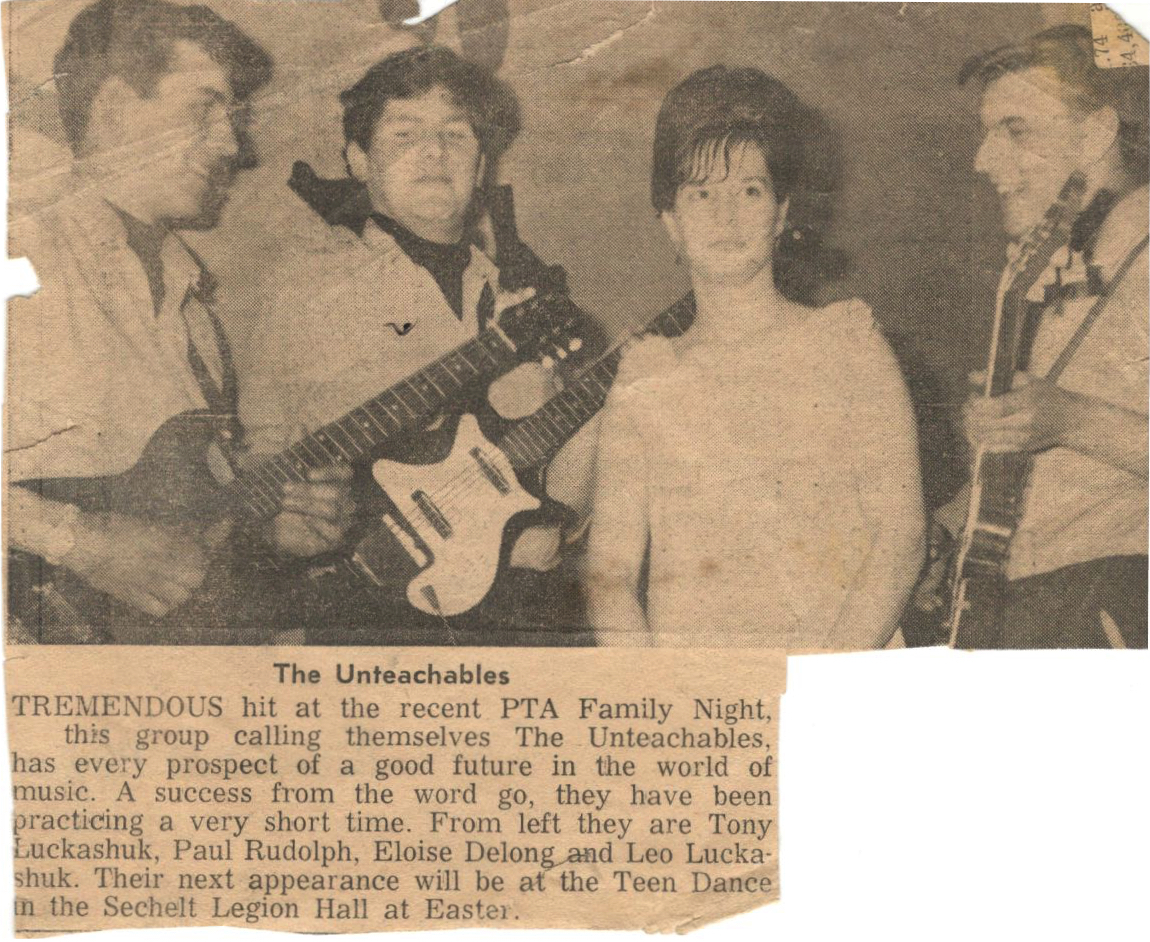
The Pannix came after the Midnighters and also played various gigs including the high school dances. I also played in the school orchestra and marching band.
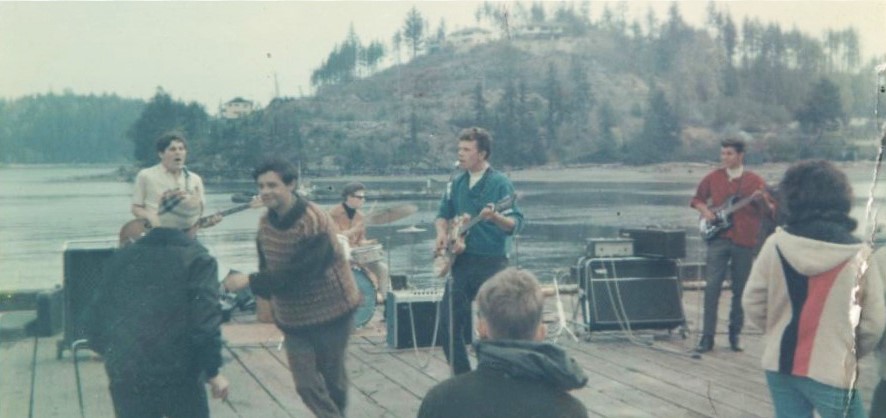
How did you originally meet Jamie Mandelkau?
I met Jamie when I started Grade 3, and we have been best mates ever since.
Would love to hear about some of the stuff you did back in the ’60s before joining bands. What kind of records did you listen to, and what kind of books did you read?
So, my first band was in 1960. I was listening to Chet Atkins, Elvis Presley, Roy Orbison, Chuck Berry, Little Richard, Jerry Lee Lewis, Marty Robbins, Link Wray, The Beach Boys—the list is long. And then I heard ‘She Loves You’ on the radio, and it was mind-blowing. I then discovered The Yardbirds, The Beatles, The Rolling Stones, and all the early British groups that were becoming popular in North America.
I mainly read books by Isaac Asimov and the monthly “Hit Parader” magazine that had articles on groups and the latest lyrics.
What led you to move to London?
I was very intrigued by the British music scene and was in Vancouver when I got a letter from Jamie Mandelkau saying if I was free, I should move to London. At the time, I was playing clubs and had just broken up with my girlfriend. It seemed like a good alternative, so I packed my guitar and bass case with most of my clothes and got a ticket to London. Jamie said he was living with this band called the Social Deviants, who were looking for a guitar player, and if I didn’t like it, there were lots of other bands to play with. As a bonus, I could stay at their flat on top of the Shaftesbury Theatre.
Would love it if you could elaborate on joining The Deviants, led by Mick Farren. At the time, they had two albums under their belt. Were you familiar with them?
I had no idea what the band was about, and they were all very welcoming to me. It was a good place to start.
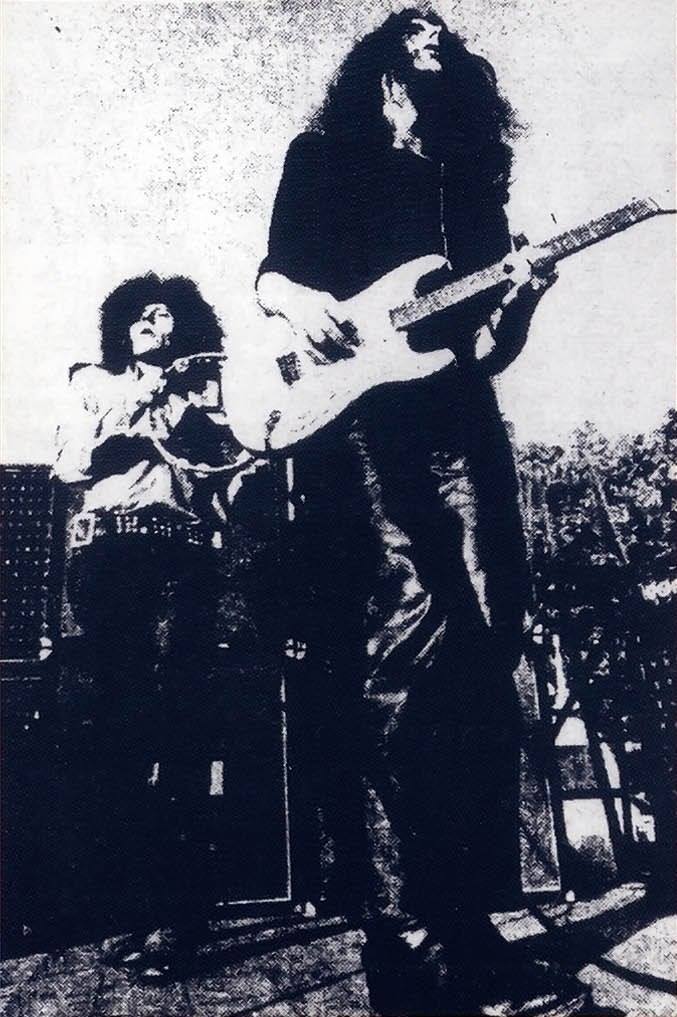
What kind of venues did you play with? What were some of the bands you shared stages with?
My first gig with The Deviants was at a Top Rank somewhere in the South, and the warm-up band was Led Zeppelin before they actually named the band. So cool, as I was a big Yardbirds fan. Other bands we shared stages with include Canned Heat, Hawkwind, Man, MC5, and many more.
What would you say was the craziest gig you ever did with them?
It would be a toss-up between Glastonbury and the Isle of Wight.
Would love it if you could recall the working process behind the third ‘The Deviants’ album.
We basically went into the studio and wrote the songs there. It was a very spontaneous approach.
What kind of gear and instruments did you have in the band?
Gibson ES-355 guitar, WEM Copicat echo, wah pedal, and a SolaSound fuzz box, which I still have. HiWatt amps – 2 x 100 watts and 2-4 x 12 cabinets.
What about the cover artwork?
I don’t remember anything about the cover as it was all arranged by Mick, and we all gave it a yay or a nay.
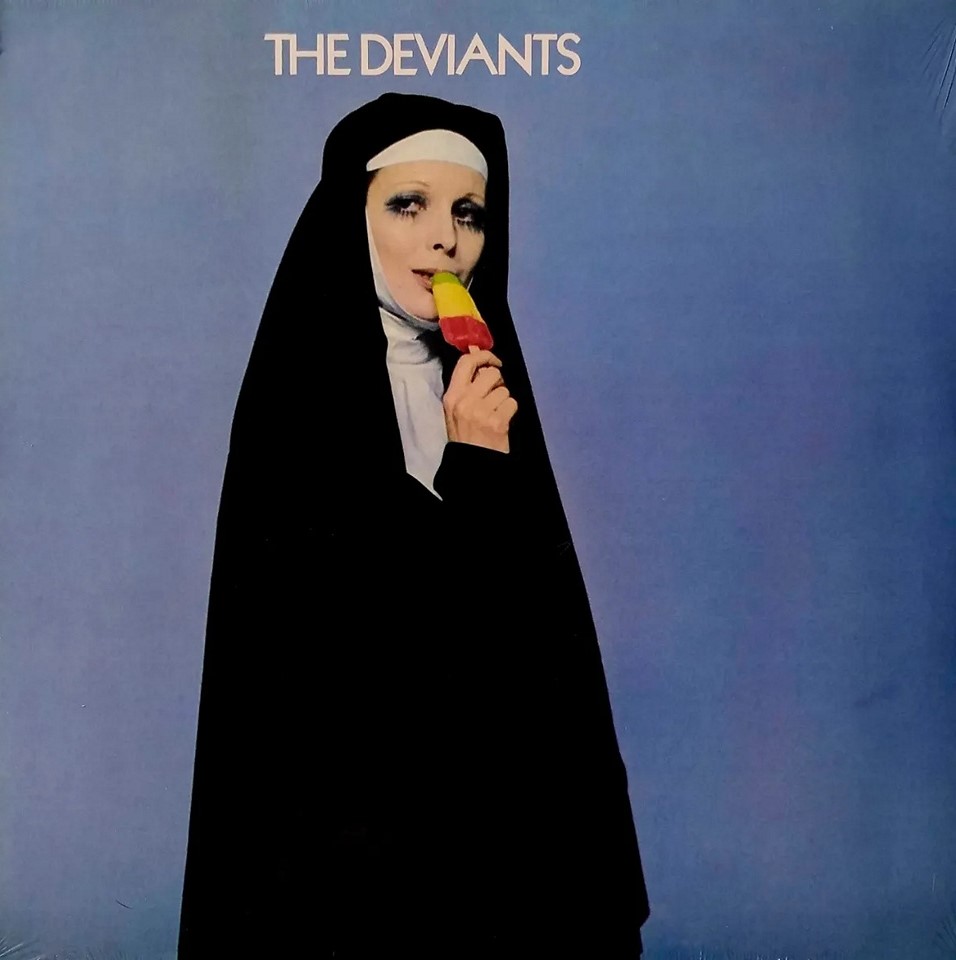
Did members of the bands experiment a lot with psychedelics? Do you feel that had any impact on the music?
Yes, it had a huge impact on the music and our lifestyle. We were somewhat like explorers and mediums in some ways. Every gig was different with as much spontaneity as possible.
What was happening during a tour of North America’s west coast? The band decided to continue without Mick Farren, who returned to England, where he teamed up with ex-Pretty Things drummer Twink and Steve Peregrin Took to record the album ‘Mona – The Carnivorous Circus’.
Mick Farren suffered a psychotic break in Vancouver, and Jamie Mandelkau borrowed money to fly him home.
We were sent return air tickets to play for 3 days in Vancouver, B.C. After we arrived, the promoter canceled the return tickets—unknown to us at the time—and then didn’t pay us all our money. So we could either use the available readies to get back to London—or—we decided to get on a Greyhound to San Francisco. My older beatnik friend hooked us up with Chet Helms from the Family Dog once we got there, and we were helped with floors to sleep on.
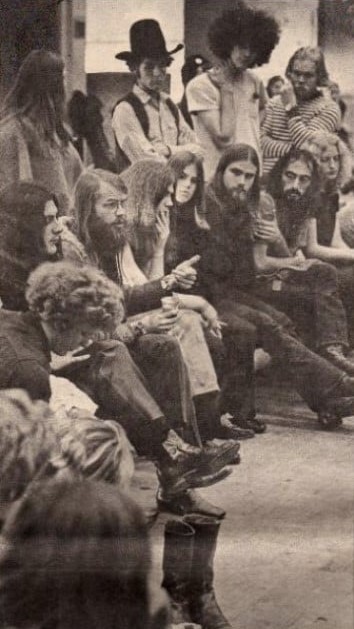
So together with Duncan Sanderson and Russell Hunter, you continued in North America for some months, occasionally playing gigs there under the Deviants name, before returning to England early in 1970?
Yes. We did some gigs in San Francisco until Seymour Stein lent us money to fly to Montreal—in December—where there were some gigs lined up. It took months, but we eventually saved enough to fly back to London.
Tell us how you got to collaborate on Twink’s ‘Think Pink’ album?
I was sharing a flat with Twink and his girlfriend at the time and co-wrote a lot of the stuff on ‘Think Pink’.
“Engage in a bit of civil disobedience”
Thus the Pink Fairies were born? What was the overall vision you had with Pink Fairies?
To play, have fun, support the community, do free gigs, engage in a bit of civil disobedience.
How did the deal with Polydor come about?
A friend of Twink’s, Robert Orbach, negotiated the deal as he knew a few people at the Polydor office.
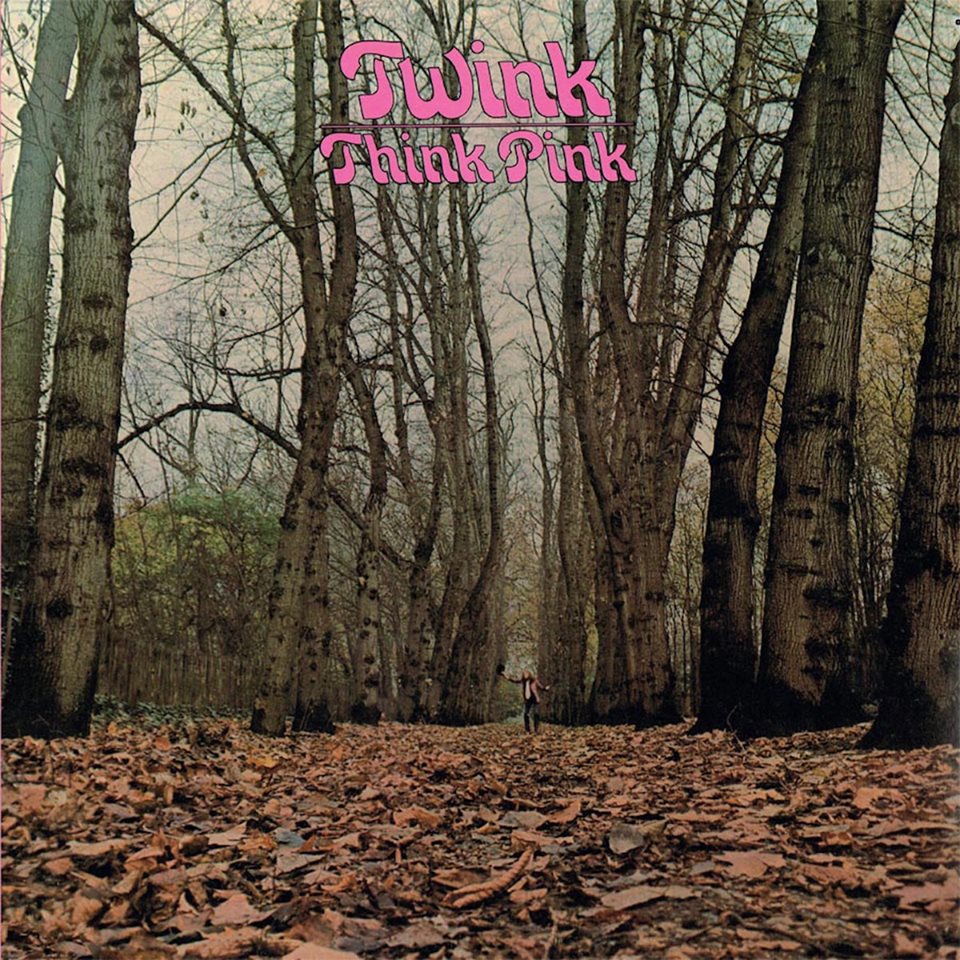
Tell us about some of the exciting gigs you did on Ladbroke Grove?
Exciting gigs would be playing under the Westway with a generator. One of the best was when the police showed up, stopped the music, and the Inspector asked Mick Farren if we had permission to play. Mick’s reply was that no one was aware that permission was needed. At that point, the crowd became verbally involved, and the police left. Next month the council built a small makeshift stage and installed a power outlet.
When did you first get to play together with Hawkwind?
I don’t remember the first time we got to play with Hawkwind.
Those were some truly exciting happenings you did as Pinkwind.
Yes. At some of the Pinkwind happenings, there were both bands on stage with 4 drummers and everyone else.
What are some of the strongest memories from writing and recording ‘Never Never Land’?
We basically all collaborated and wrote most of the stuff while in the studio. We wanted Polydor to do a live recorded album, which was really what the band was all about. Unfortunately, the band had weak management and a producer who didn’t really gel with the band. We did decide that all members of the band were equal partners and so shared equally all recording and publishing royalties.
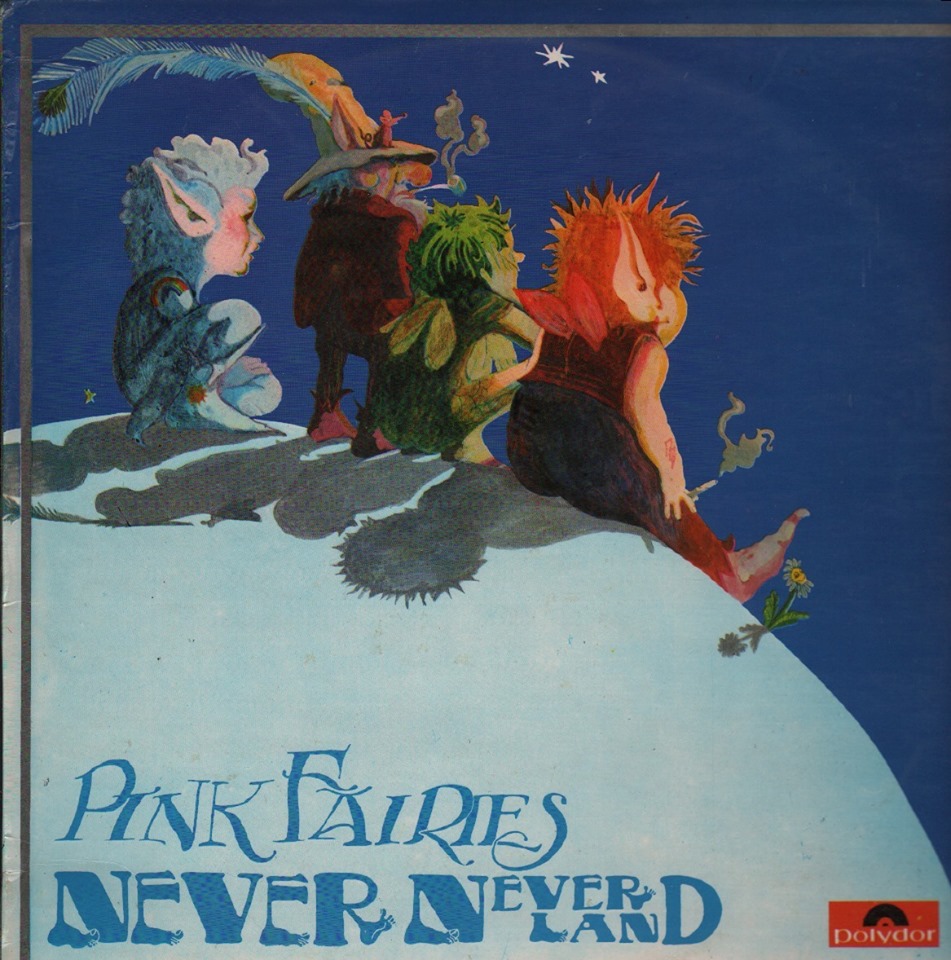
Would you share your insight on the albums’ tracks?
‘Do It’
Twink and I basically wrote this, and it is one of my all-time faves. We captured some of the live vibe with this song.
‘Heavenly Man’
This was on Twink’s solo album—I’m not sure how it got on the compilation release.
‘Say You Love Me’
A song about the trials and tribulations of teenage love.
‘War Girl’
Was on Twink’s solo LP—not ‘Never Never Land’.
‘Never Never Land’
We wanted to have Fairies in space.
‘Track One, Side Two’
I hardly remember this track and don’t have much to say about it.
‘Thor’
We liked the weird sounds.
‘Teenage Rebel’
I like this song, and the title says a lot about the band.
‘Uncle Harry’s Last Freakout’
This track came closest to the Fairies’ live vibe and was a one-take live studio recording.
‘The Dream Is Just Beginning’
Also from Twink’s solo LP. Not on the original pressing.
How would you compare your debut album to ‘What a Bunch of Sweeties’?
‘What a Bunch of Sweeties’ was different as it was the first recording without Twink. It was a time of change for sure. ‘Never Never Land’ was a good start, and I think ‘What a Bunch of Sweeties’ was okay but somewhat self-indulgent. The band would have benefited from a good producer.
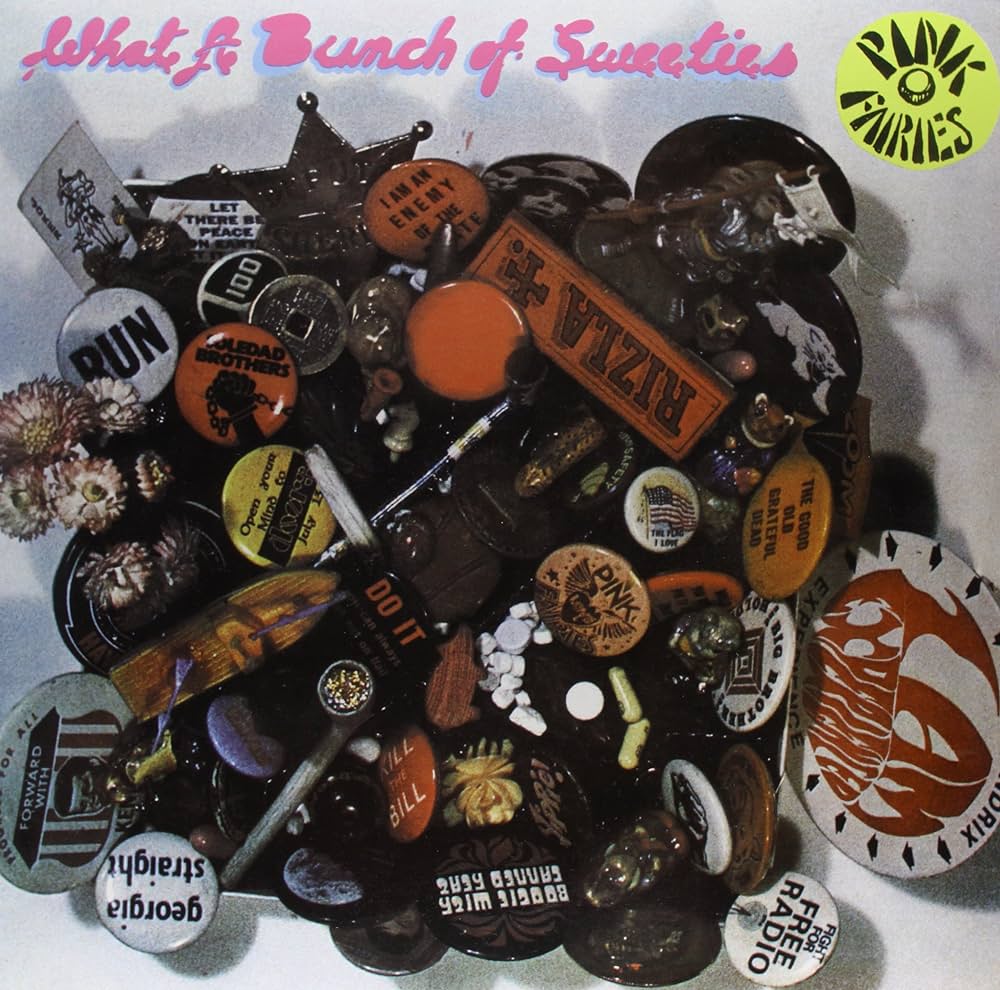
Again, some commentary about the tracks on your second album will be much appreciated.
‘Prologue’
Silliness abounds.
‘Right On Fight On’
A song about us getting busted in Holland Park with our acoustic guitars. Apparently, it was a bit much for the authorities.
‘Portobello Shuffle’
Daily life living in Ladbroke Grove. I lived in St. Luke’s Mews.
‘Marilyn’
This was a song about STDs.
‘Pigs of Uranus’
Being silly.
‘Walk Don’t Run’
I listened to a lot of Ventures as a kid.
‘I Went Up, I Went Down’
Broken love musings.
‘X-Ray’
A song about a night out and looking to the future?
‘I Saw Her Standing There’
We just felt like doing this and what a great song. A big Beatles fan here!
At the time of the release of your second album, you decided to try and collaborate with Uncle Dog, a band by Carol Grimes of Delivery, and songwriter David Skinner of Twice As Much. But you didn’t play on their sole record, did you?
I had left the Pink Fairies and joined Uncle Dog as a bass/guitar player. I didn’t record anything with them.
You actually auditioned for Sparks as well?
No. I was enlisted to play bass on their demos by John Porter, who introduced me to Brian Eno at Uncle Dogs’ farewell gig under the Westway. Also on the demo sessions were Mick Taylor and Mike, the drummer from Spooky Tooth. John Porter was and is a good mate.
“Playing on Brian Eno’s albums was some of the most creative fun I have ever had”
Listening today, what was it like to collaborate with Brian Eno on some of the most influential albums like ‘Here Come the Warm Jets,’ ‘Another Green World,’ ‘Music for Films and Before’ and ‘After Science’?
Playing on Brian Eno’s albums was some of the most creative fun I have ever had. It was an honor to be there. Listening today, it seems timeless.
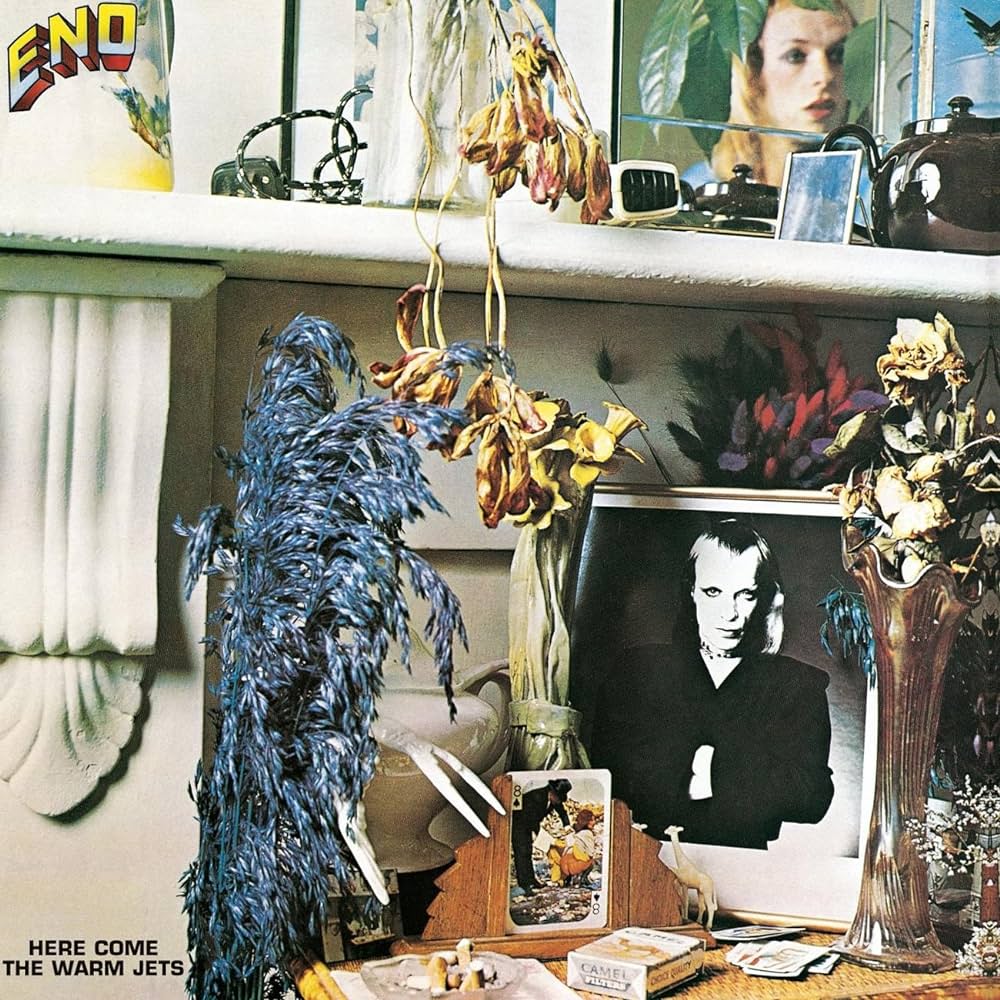
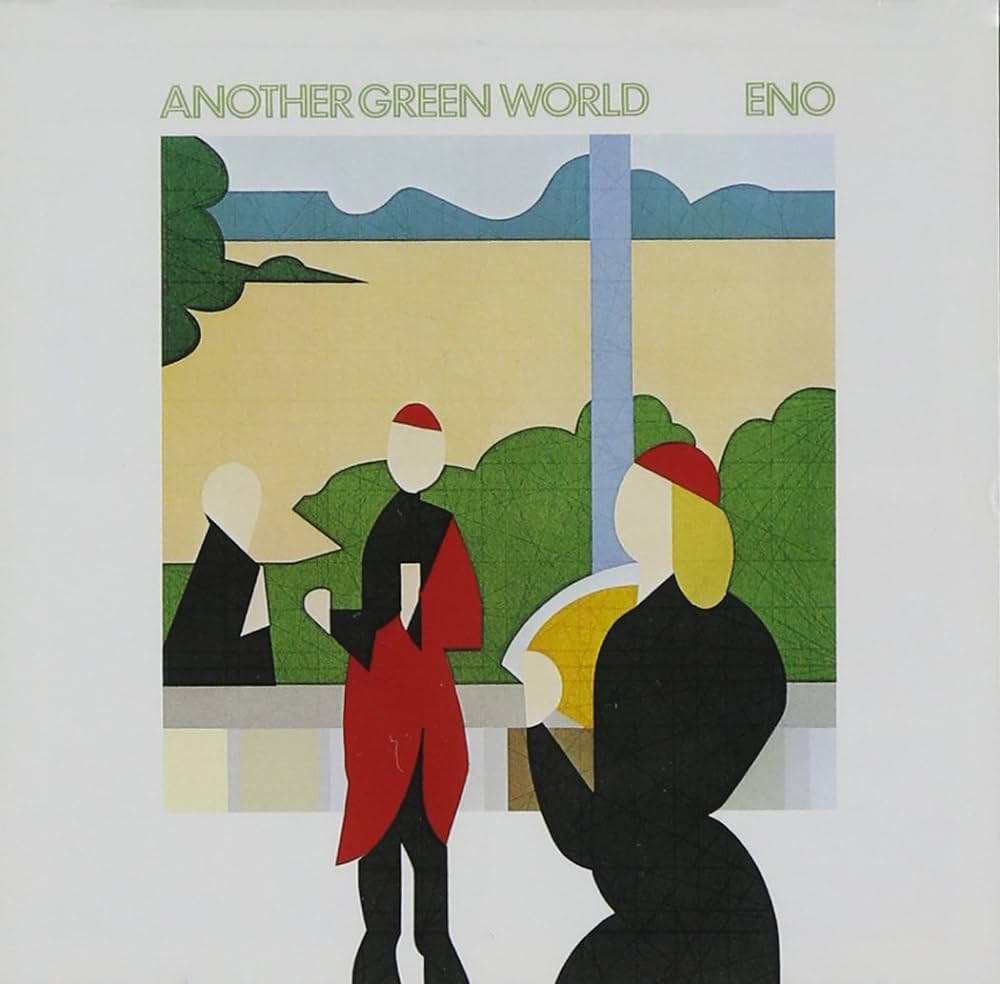
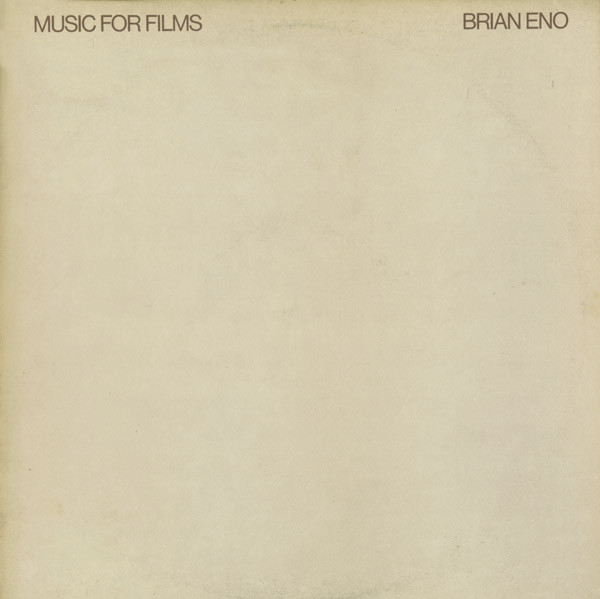
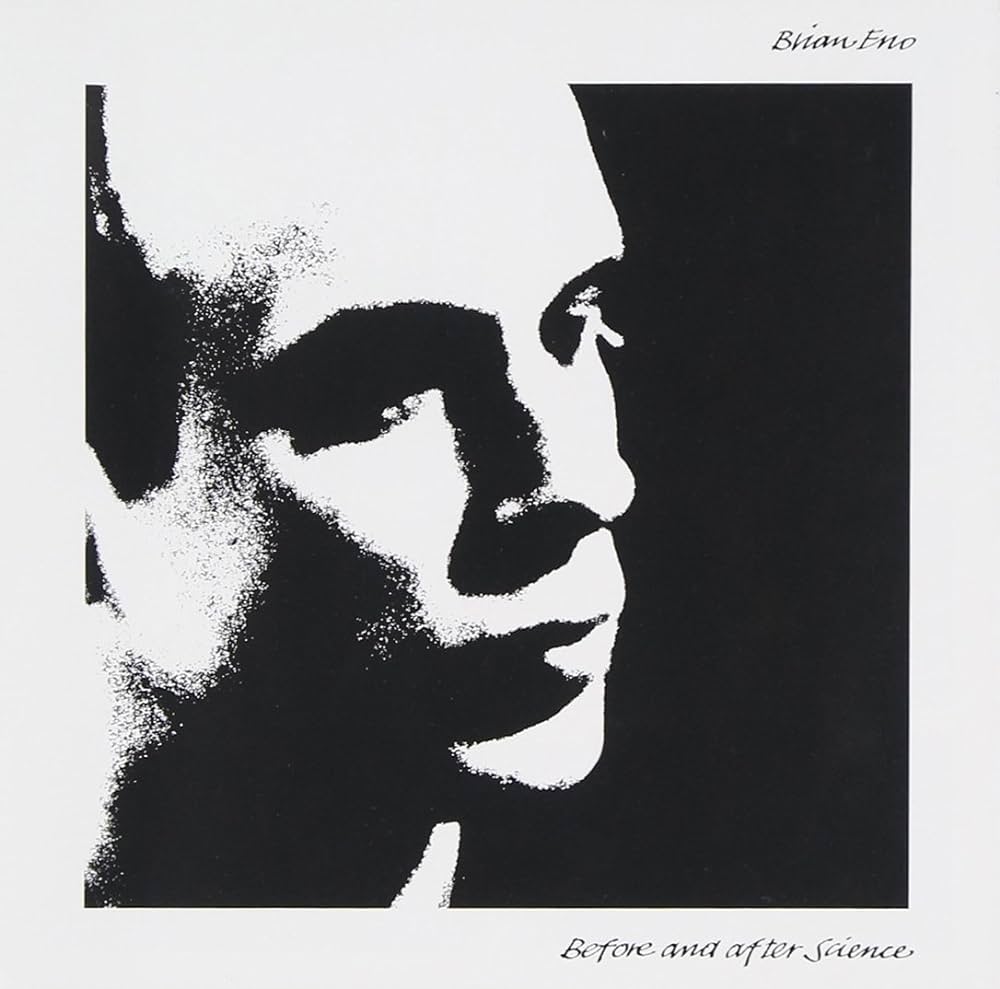
What was your friendship with Robert Calvert like? Were you involved in the songwriting process of ‘Captain Lockheed and the Starfighters’ and ‘Lucky Leif and the Longships’?
My friendship with Robert Calvert was warm and very creative. Robert and I co-wrote most of the songs for both albums. I did not think about claiming co-writer credits as I was happy just to work with Bob and got paid session fees for my involvement.
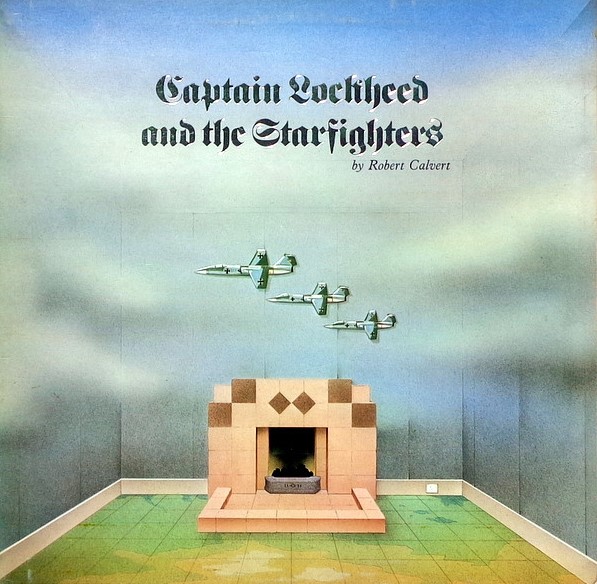
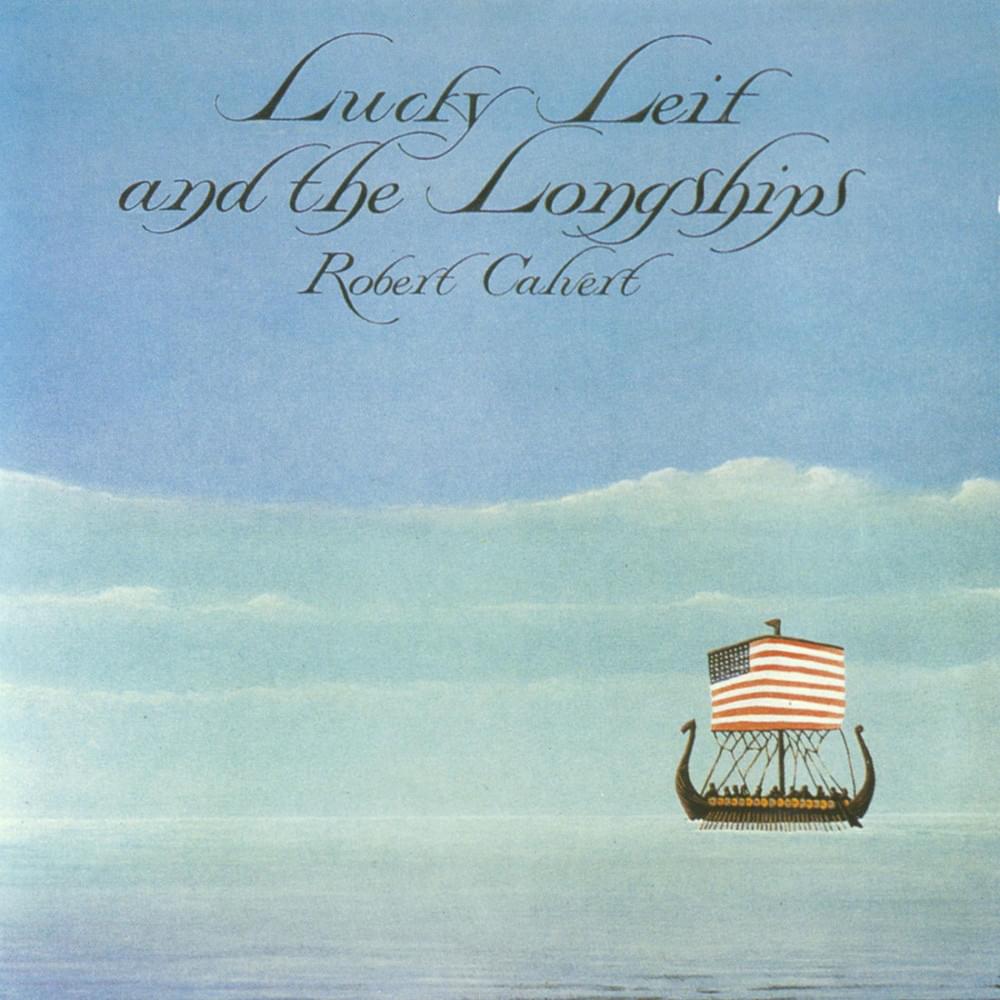
In 1975, you joined Hawkwind after Lemmy was gone. The result is a stunning release of ‘Astounding Sounds, Amazing Music,’ followed by a non-album single ‘Back on the Streets’. Tell us about the time with Hawkwind.
My time in Hawkwind was great until the ‘Quark, Strangeness and Charm’ recording sessions. Everyone was very creative and quirky. And fun. ‘Astounding Sounds’ was the beginning of tensions as everyone wanted the ability to write songs and contribute to the project. Recording royalties are shared, but publishing royalties are paid to the person who writes the song.
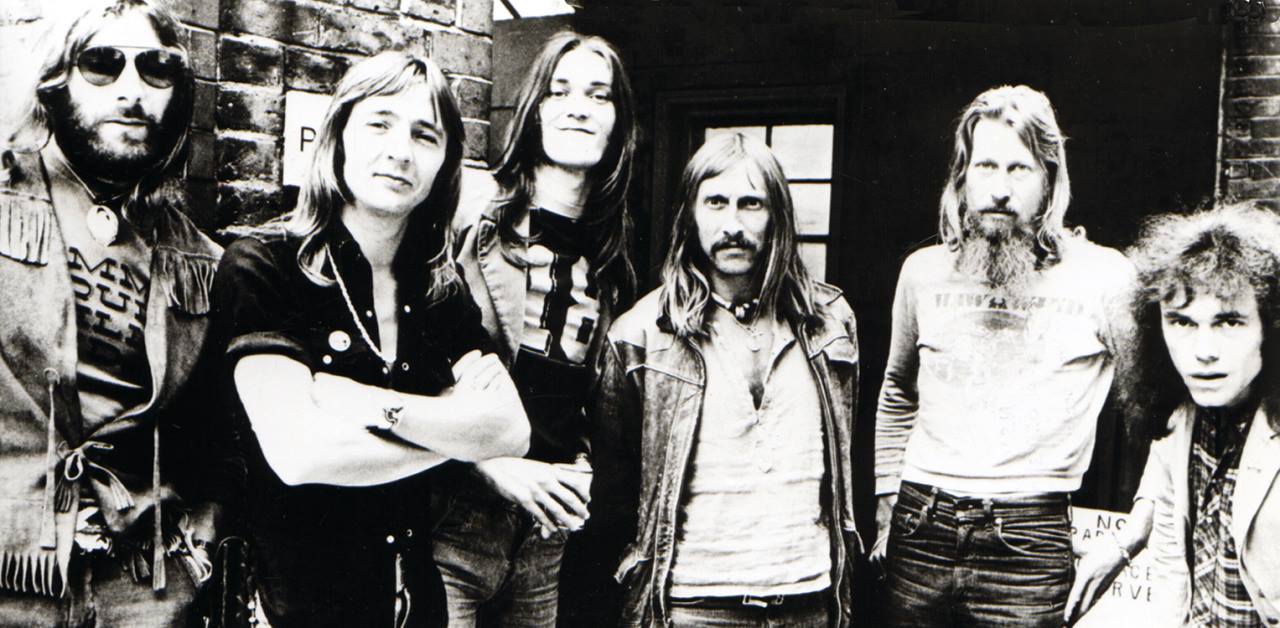
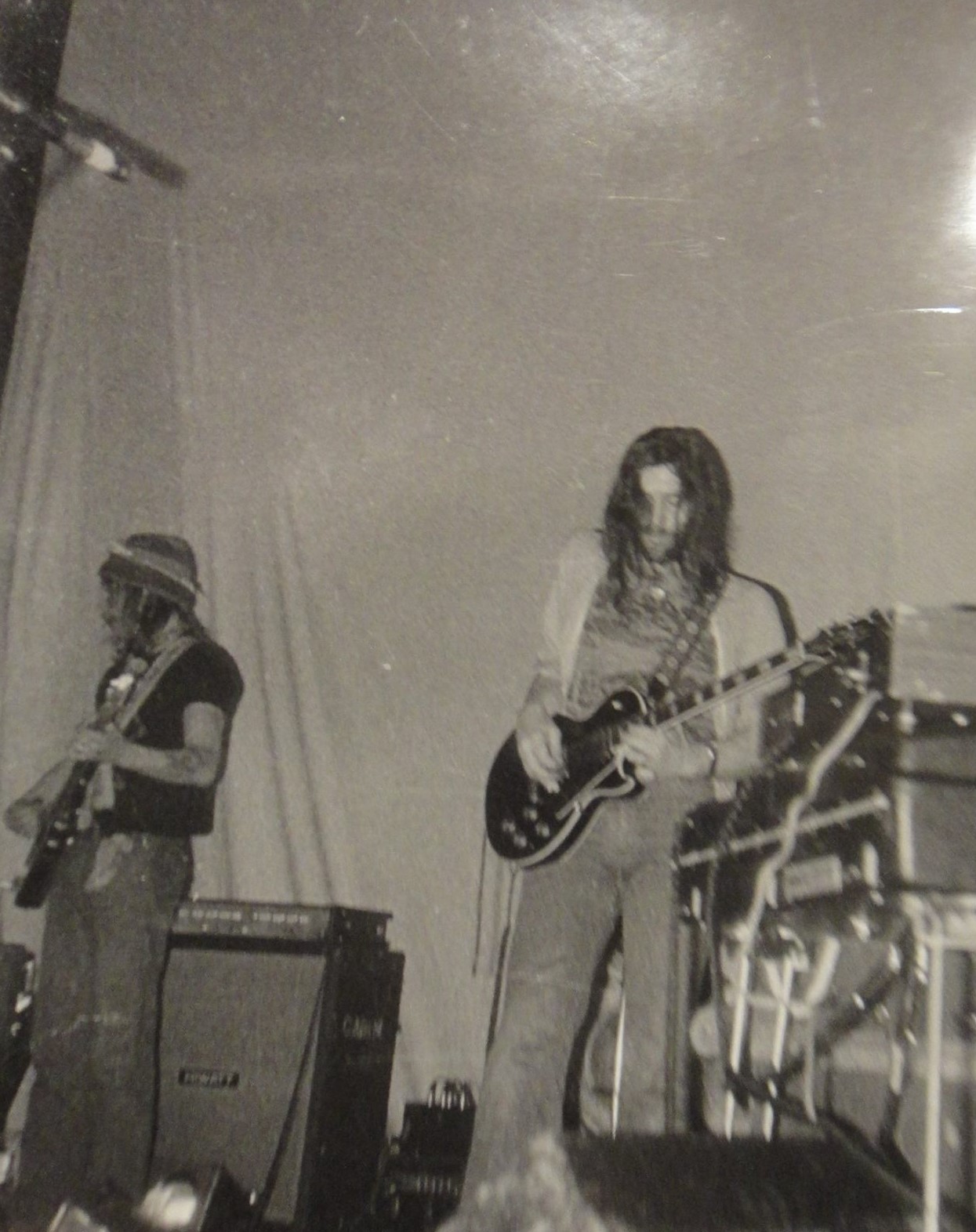
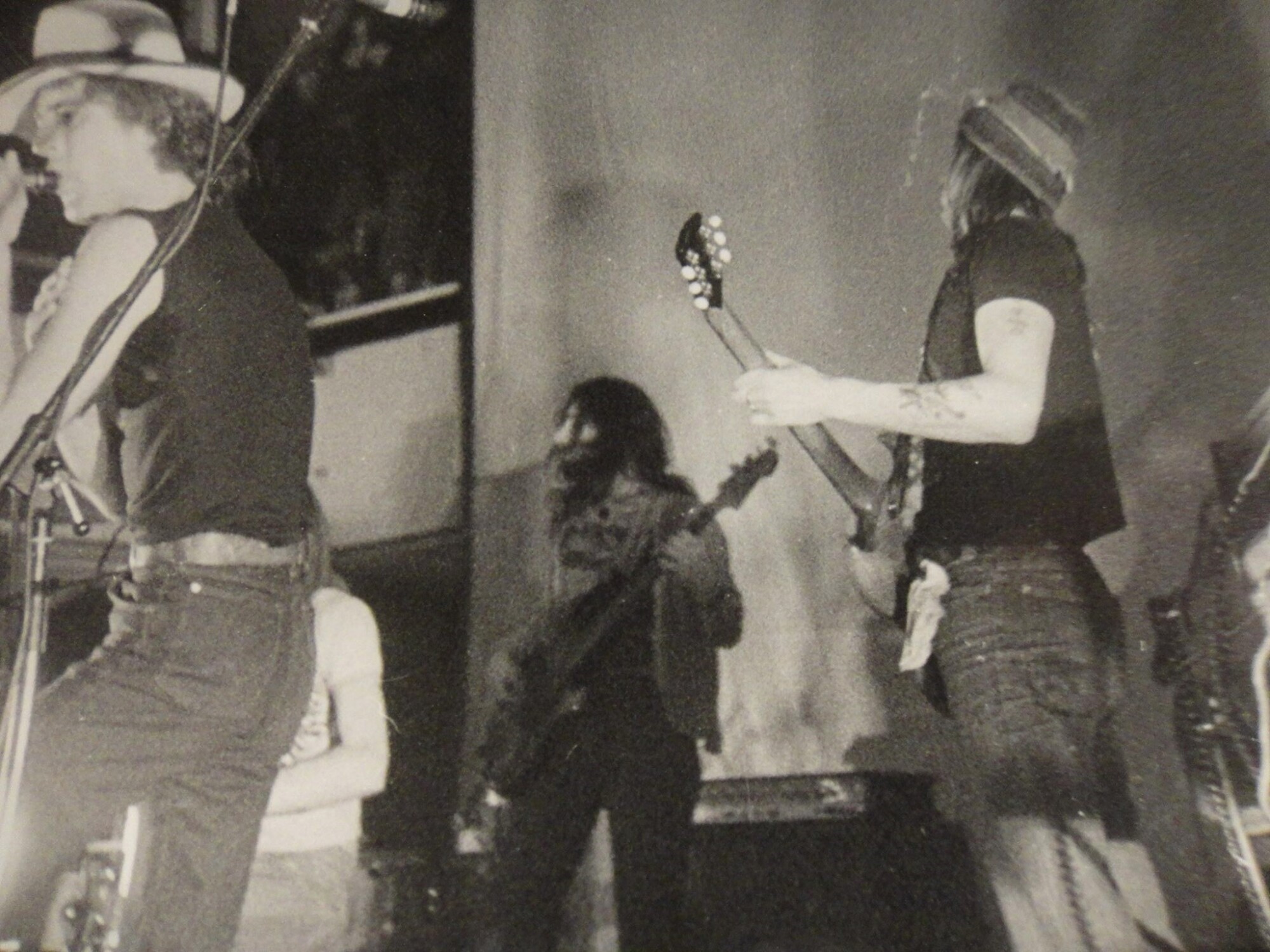
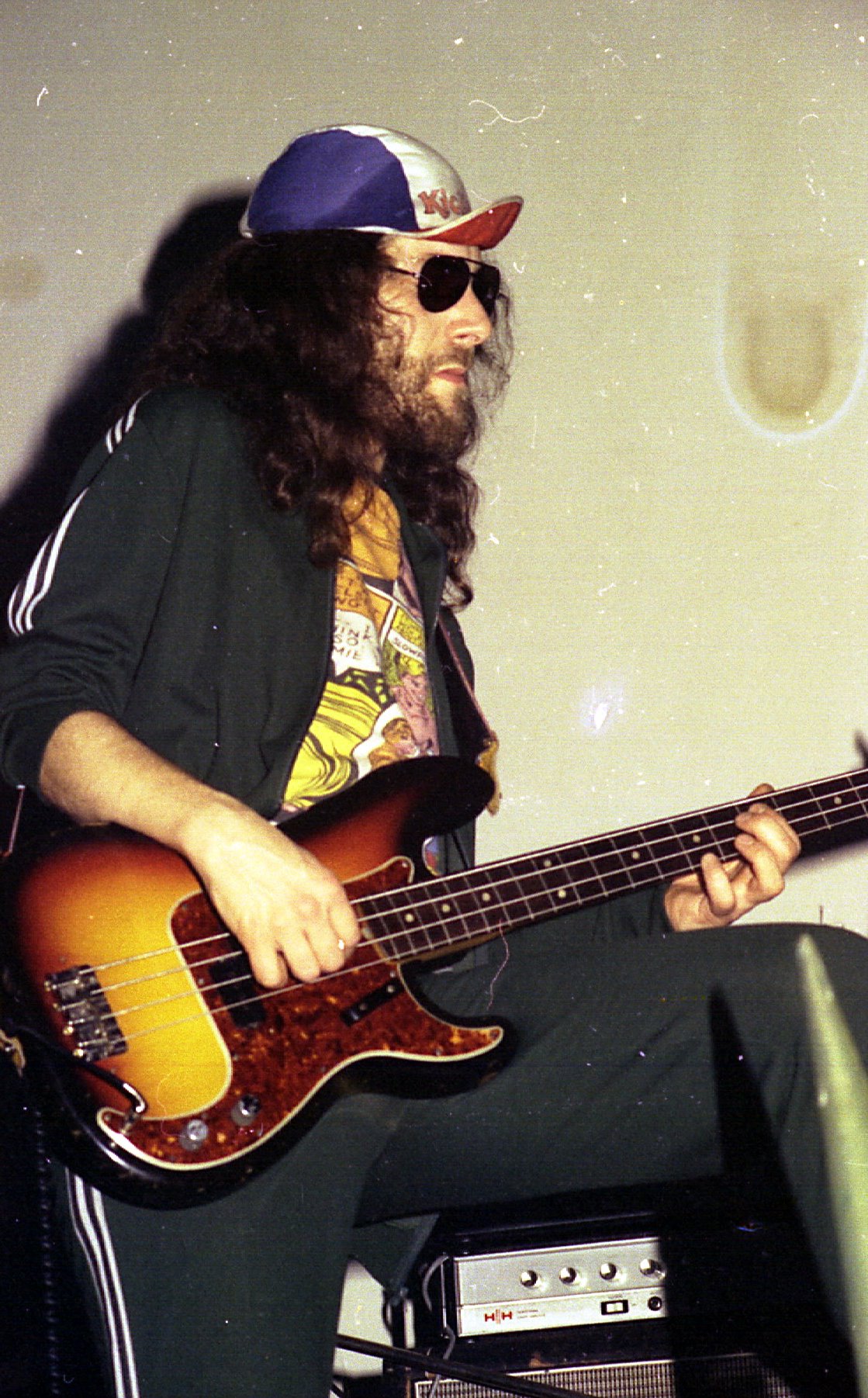
In the Pink Fairies, it was agreed that a lot of song ideas came from rehearsals so it was agreed that all band members get an equal share of everything. ‘Quark, Strangeness and Charm’ was a tense situation as everyone was arguing and spaced out on “stuff”. I think ‘Astounding Sounds’ was a real breakthrough and pissed off some band members too.
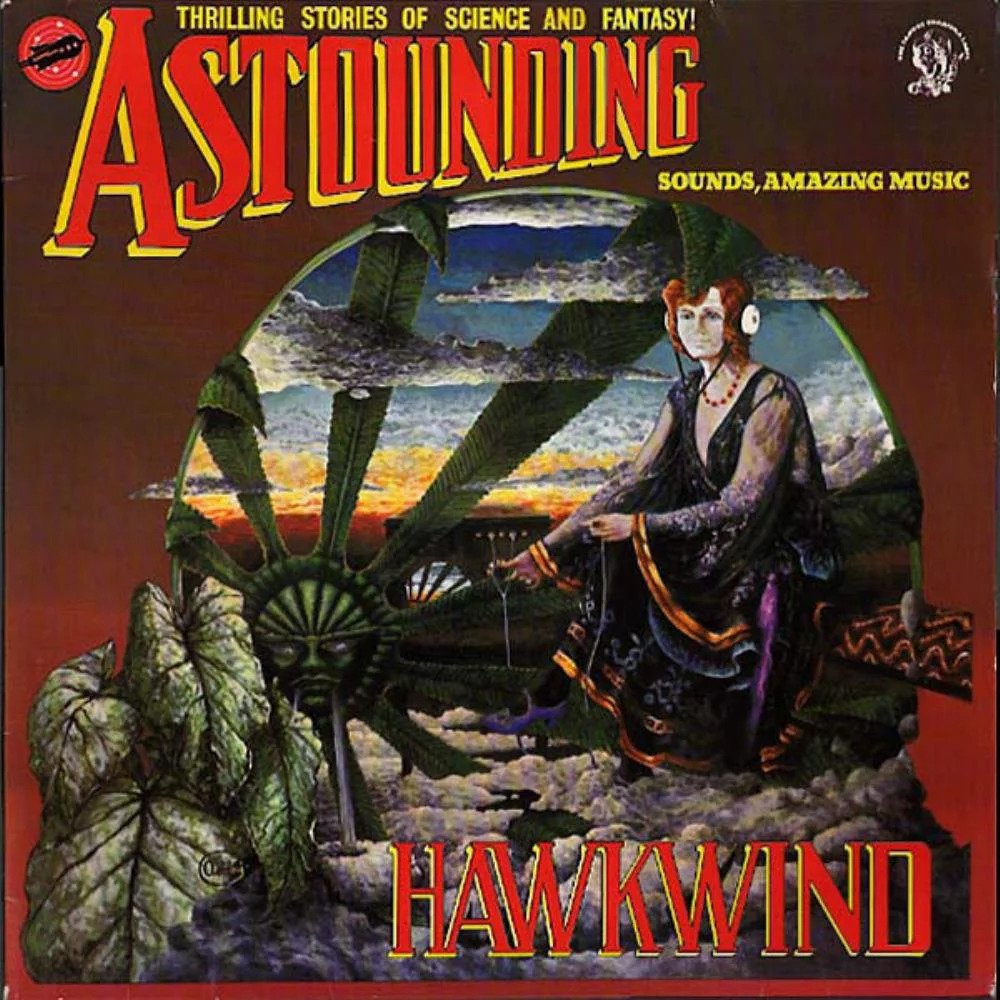
How did ‘Hassan I Sabbah’ come about? It was a collaboration between you and Robert Calvert and was included on the album ‘Quark, Strangeness and Charm’.
I have always liked Middle Eastern music and am fascinated by the large orchestras with hand drummers along with traditional instruments. Farid al-Atrash comes to mind. When Bob mentioned his idea and showed me the lyrics, I put the arrangement together.
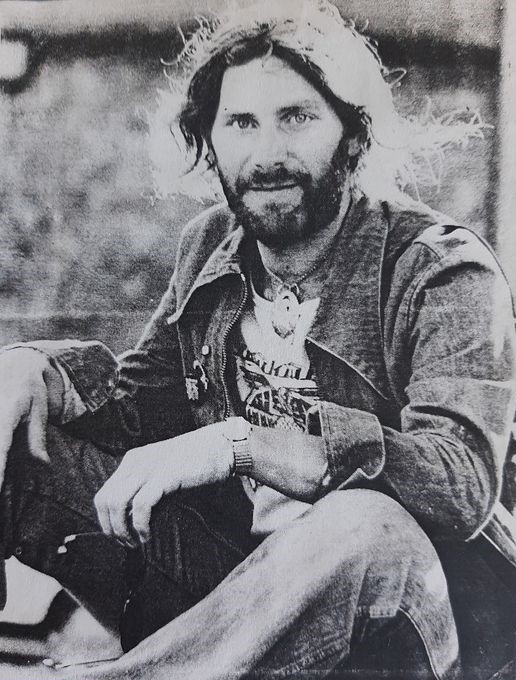
The song has generated more royalties over time than any other song I wrote/co-wrote. And it is the only song to appear on ‘Quark, Strangeness and Charm’ in its original recorded state.
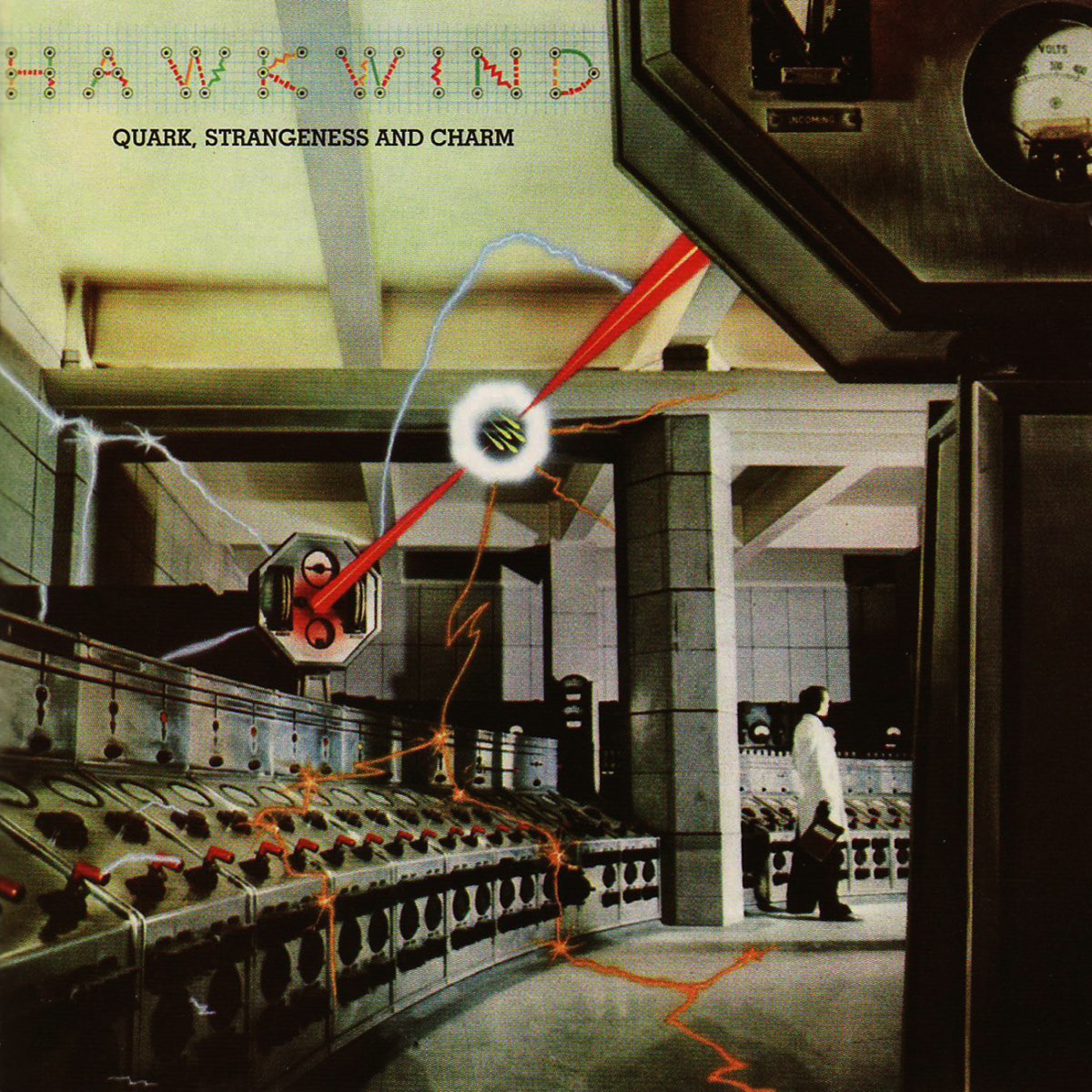
How did Kicks come about with Alan Powell, Cal Batchelor, and Steve York?
We all knew each other and were all “between engagements” at the time. We recorded a 2-track demo to try to get some record deal. I thought the demos were great but apparently we were told that we were not radical or punky enough to get much interest.
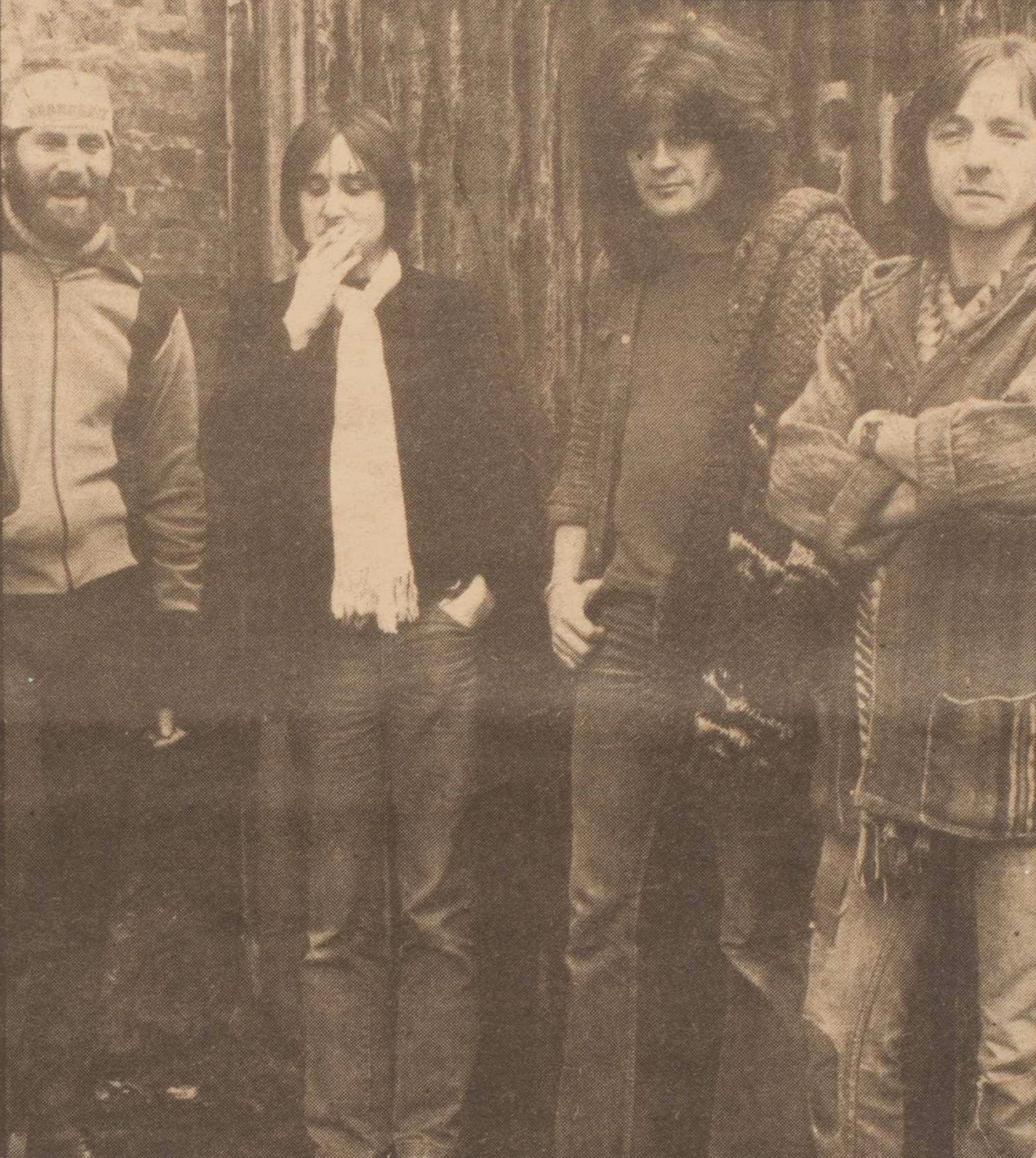
You remained in touch with Mick Farren and worked on ‘Screwed Up’ EP…
Yes. That was a fun recording session.
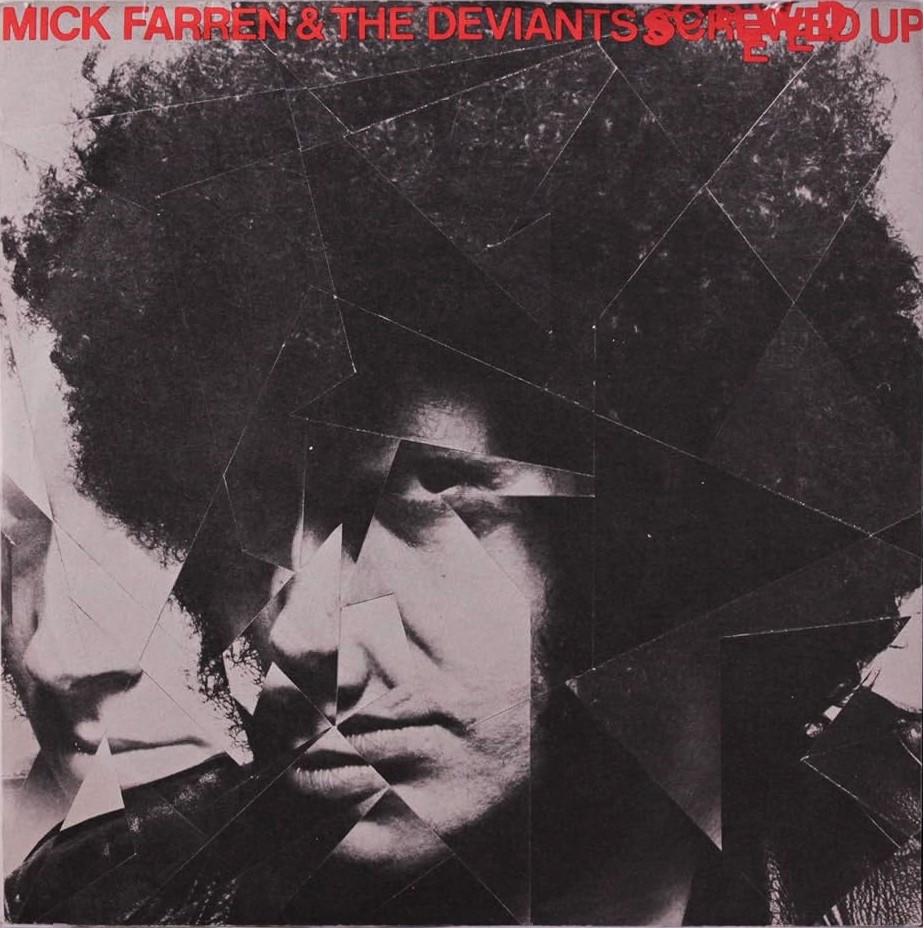
At the time you decided to move back to Canada, why?
I had been living in Malaga for a year and came back to the UK for this session. The music scene in London seemed to be in a state of flux, and I didn’t feel much of a connection to it. So I moved!
Looking back, what was the highlight of your time in the bands? Which songs are you most proud of? Where and when was your most memorable gig?
Highlights would be all of the live gigs we did and connecting with the energy of the audience, who became part of the band in spirit. The most memorable gigs would be the first Pink Fairies gig at the Roundhouse. It was our first-ever gig, and we were received with big applause when we walked onstage. Plus, all the free concerts we did and the “Finland Freakout” gig.
What currently occupies your life?
I have a dog, and my condo is taken up with a fairly complete recording studio. I work a lot with Alan Davey and appear on various projects with Cleopatra Records. I am also part of an electronic band called The Thought Technicians. We have some stuff on Bandcamp, and it’s a fun way to play with synths and guitar synthesizers.
Is there any unreleased material by Deviants/Pink Fairies or any related projects you were part of?
Not that I am aware of, although there are the odd pirated recordings that appear. Typically, the sound quality is very poor.
Looking back, who influenced your guitar playing the most, and did influences change during the years?
I was most influenced by Eric Clapton, Jimi Hendrix, Chuck Berry, Muddy Waters, Robert Johnson, Chet Atkins, Eddie Cochran, and the Ventures. Influences changed over the years as I was able to embrace everything from bagpipes to George Benson to Electronica, Astor Piazzolla, Blossom Dearie, etc.
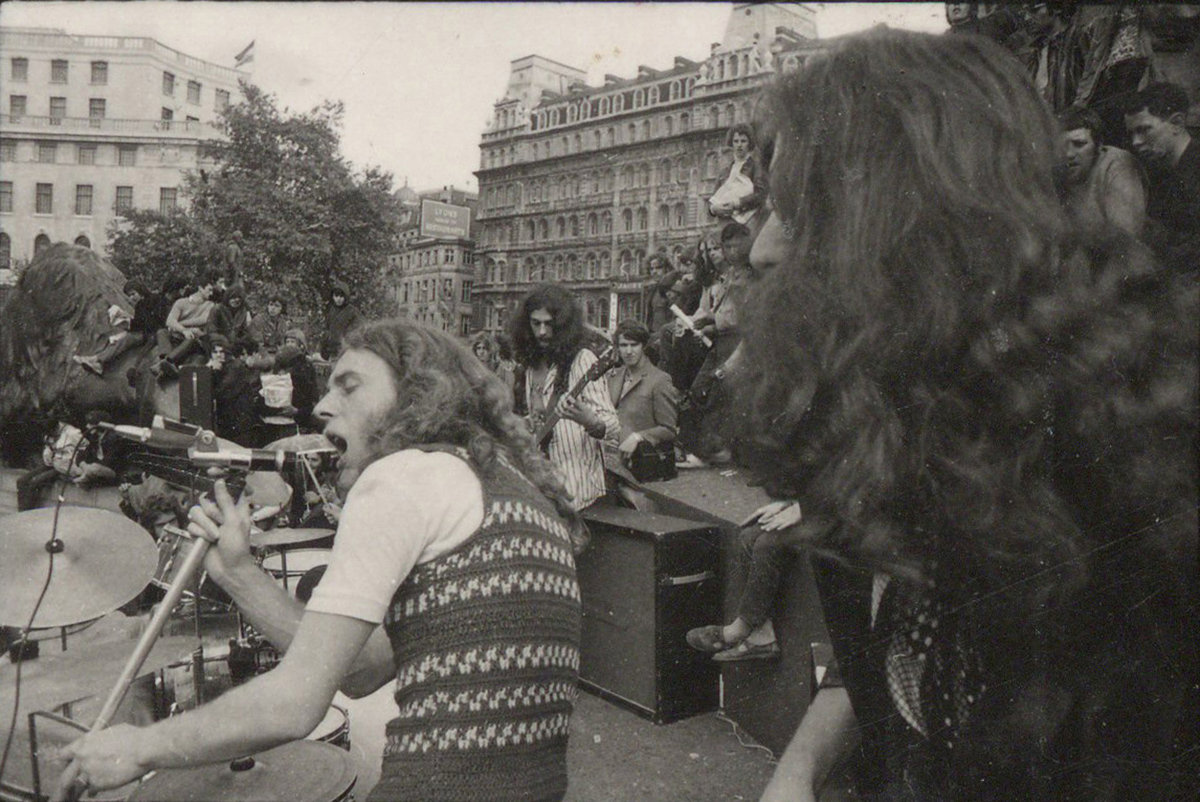
Thank you for taking your time. Last word is yours.
Thank you, Klemen, for the opportunity to talk about my varied experiences. And a huge thank you to all the Pink Fairies and Hawkwind fans around the world. More music is being worked on as we speak.
Klemen Breznikar
Paul Rudolph Facebook / Bandcamp
Headline photo: Paul Rudolph playing on the steps of St Paul’s Cathedral with The Deviants in May 1969 | Photo by Robin Morrison / Courtesy of Auckland War Memorial Museum
All photo materials are copyrighted by their respective copyright owners, and are subject to use for INFORMATIONAL PURPOSES ONLY!

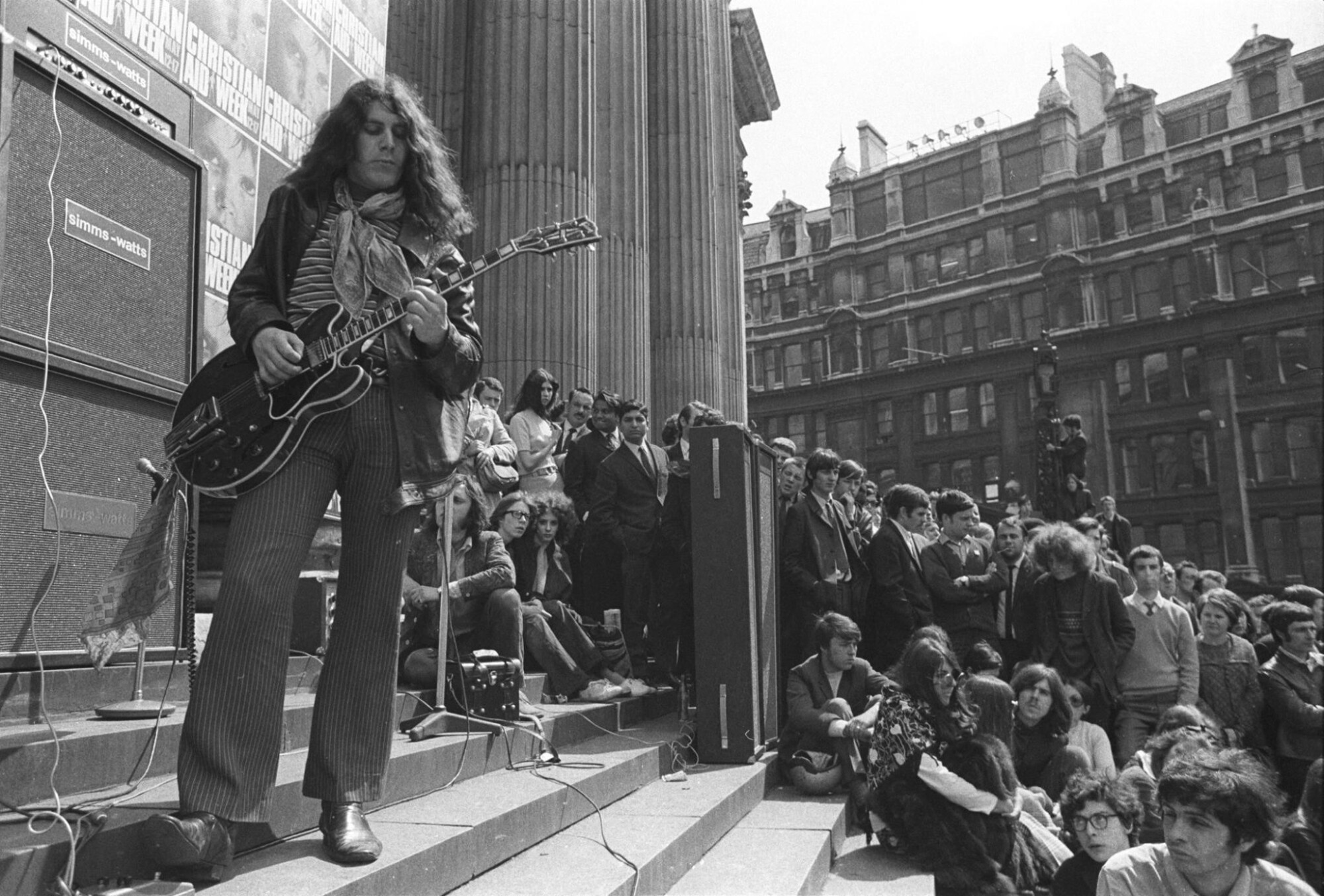



It’s good to see one of my favorite musicians and one of the most underrated guitarists featured here. The Deviants and Pink Fairies are among the great obscurities of that golden age and their music still holds up admirably well.
I used to see the Pink Fairies quite a bit,
usually at the Flyover on Portobello Rd. Met Paul once during the Notting Hill Carnival in 1971. A very charming man. I remember the “Hands off our freaks” initiative in the International Times, which featured a full-page foto of Paul, as the authorities tried to evict him from the UK. Wild times. I hope he’s doing well back in Canada.
Years ago I met Mr Rudolph at a bike shop he owned in Gibson’s Landing, Canada. I was unaware of who he was until I saw his business card, then a light went off in my head. I got to ask him just a couple of music questions (re Deviants and Eno) before he had to attend to customers. This article has asked many of the questions I would have liked to have asked that day, so for that I’m very grateful to PB!
I drove the band to the The Snake and Never Never Land sessions, and my recollection is ‘Do it’ being composed in the car on the way to the studio for the former, with the lyrics written on a Corn Flakes packet. ON NNL, what is never mentioned is that it was recorded in a state of the art quadphonic studio, and that much contributed to the sonic atmosphere on the record. As to Paul’s recollection of the track listing, let us say it is somewhat revisionist..
Side A
Do It – 4:15
Heavenly Man – 3:41
Say You Love Me – 3:48
War Girl – 4:34
Never Never Land – 6:55
Side B
6. Track One, Side Two – 4:41
7. Thor – 0:58
8. Teenage Rebel – 5:20
9. Uncle Harry’s Last Freak-Out – 10:51
10. The Dream Is Just Beginning – 1:18
brilliant story. im now 66 and still play never never land & kings of oblivion
brilliant story. im now 66 and still play never never land & kings of oblivion